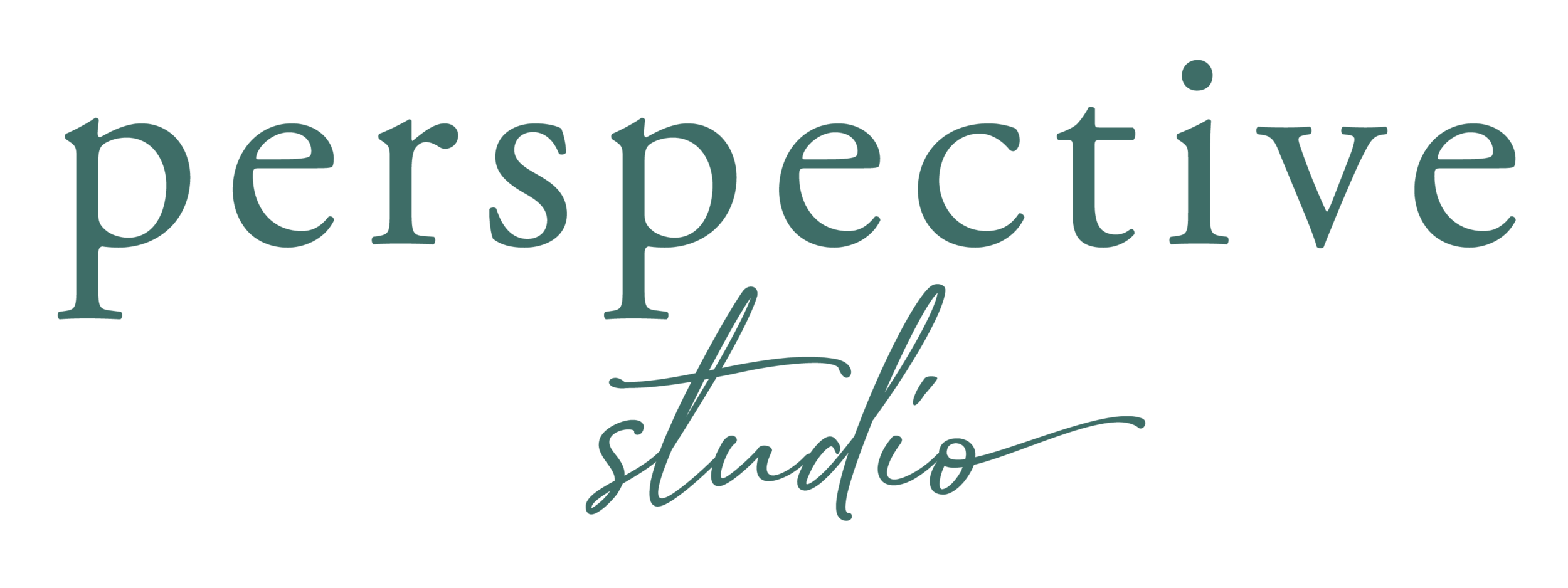2 Secrets in Creating Blogs Your Audience Will Want to Read
We’ve been doing a series on blogging for your business, and if you’ve missed the previous posts, be sure to check them out! (3 reasons why you should blog for business, 3 steps in getting started in blogging for business, 20 things you can blog about for your business).
In our final post, I want to share with you some behind the scenes secrets, in ensuring your potential customers or audience will read your entire post. These are not complicated concepts, but simply a couple practices that anyone can incorporate, in order to have a final post that people will want to read.
Let’s get started!
1. Make your text scannable
This is a simple one, but very effective. In a social media driven culture that is inundated with messaging 24/7, our brains are unfortunately accustomed to quickly scanning to pull out the most value in the least amount of time. There’s a reason why Twitter only offers a limited amount of characters.
Now, this may not apply if you are writing your Master’s thesis, but blogging is an entirely different world. Text needs to be short and to the point, with scannable headlines. I don’t know about you, but when I see a post with massively long paragraphs, unless it’s something I’m super interested in, there’s a chance I will click out of the post altogether.
Break up your paragraphs into only a few sentences at a time. Sometimes, I even have a paragraph with only one sentence, for added emphasis. Another secret to this is to make use of headlines. If your post is giving “5 tips”, make sure each tip is highlighted in one of your brand colors, or is larger than the rest. If you have a quote you want to pull out, make it stand out on it’s own as well (make sure you don’t use more than 2 of your brand colors however).
This ensures that if someone simply wants to do a quick scan of your post, they can scan your headlines or pull out important sentences or quotes, to get a feel for what the post is about.
2. Write in layman’s terms
Remember, you are most likely an expert of some sort on the topic you are writing about. This comes with it’s advantages and disadvantages. The disadvantage is that sometimes we forget our “curse of knowledge”.
What do I mean by that? It simply means that we are so familiar with this topic, that we forget that our audience may not have the first clue on what we are talking about. Simplify, always simplify it. Don’t use insider or industry terms that audience members may not know. If you do, always define them.
Sometimes when I write a post, I think to myself “Ah man, this seems so elementary. People won’t want to read this. They probably already know all this.”
While that may be true sometimes, guess what? Usually I’m wrong. It’s not that we need to puff ourselves up as know-it-alls, but we all have specific and unique experiences and knowledge that we forget others may not have. Oftentimes, the simpler you are, the more traction you may get on a post. This is because your audience isn’t overwhelmed with too many details that they don’t understand, and can start with basic concepts that are clear and concise. Clarity is key.
Having said that, this is why it is important as you grow your audience, to know your audience. Maybe you are building a very niche audience, and there are some concepts and terms you can assume they have knowledge of. That’s great, but ask them to find out!
These two concepts are very simple, but hopefully as you put them to practice, you will begin to sharpen your blog posts, eliminating unnecessary things, and create simple and clear yet intriguing and interesting posts your target audience will be dying to read!

